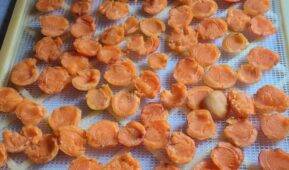Gear List: Outfit a Killer Home Coffee Setup for $99

When I look back on the formative years that were my 20's, I can vividly map out the entire decade with not only the colleges I attended, the cities I lived in, and apartments I rented, but also the coffee shops that I haunted. During my college years in particular, I probably spent just as much time in joe joints as I did on campus, either slinging espresso behind the bar or sinking into one of those ratty overstuffed couches. (Bear in mind, this was back in the day when coffee shops were more “hippie” than “hipster.”)
For the first time in my life, though, since buying a house in a new town, I don't actually have a “home coffee shop.” And frankly, for this phase of my life I'm not missing it, because I've tricked out my home coffee bar and barista skills to just enough of a level where—when I sit down in my studio, set my favorite jazz album going, and thunk a steaming mug down on the table—I'm fooled into that same exact coffee shop comfort zone. (Bonus: not having some random guy with a laptop camp out for hours in my favorite window seat.)
Do you want to level up your coffee game apart from your auto drip, save a ton of money per cup, and have fun learning a skill that will stick with you the rest of your life? Dude, it's time to set up your own home coffee bar.
We've broken down the home bar into must-have gear, classified by categories based on the stages of the brewing process. Read on for our basic recommendations, plus some suggested upgrades.
Note: prices reflected as of May 2018.
I. Filtering water — $19
Good water is an overlooked ingredient in not only coffee brewing, but cooking in general. If you're looking to make great coffee, you might as well start with its most fundamental element.
Starter: A water filter pitcher is essential. You can start with a a really basic Amazon model ($19) that takes Brita filters; I've got the similar 5 cup Brita pitcher with filter ($20). Both are handy, because filters are really easy to come by in-person at pretty much every big box store. Another good option is the Pur faucet mount filter ($25), which I also have, because our water tastes like dirt when it's straight out of the tap.
Upgrade: Brita and Pur make filters that work really well, so an upgrade would be something that's so well-designed, you'll want to display it on the counter after a kitchen remodel. I like the look of Soma's pitchers and would like to do just that, once we finally finish our kitchen. (I think we're on the 5-year plan.) They've got a really nice carafe ($50) and 10-cup pitcher ($40).
II. Heating water — $18
The next thing you're going to need to do is to heat your water. You could always do the stovetop whistling kettle, but I finally switched over to electric kettles about 5 years ago because they take a fraction of the time to heat water.
Starter: I have a Hamilton Beach glass electric kettle ($30), which I've been using for about 3 years now. But we're going for under $100, so let's see if we can shave off some more money. Amazon has one for $18 with high reviews. Boom.
Upgrade: We're going for the all-in-one approach: an electric gooseneck kettle. See section V, “brewing coffee,” for an explanation on the gooseneck. The models we're looking at have variable temperature control, which means you can heat the water to the exact temperature you want. Sweet. Here are a handful by brand, ranging in price from least to most expensive: Gourmia ($50), OXO ($80), and Fellow Stagg in a beautiful matte black ($150). Fellow Stagg also has the same kettle in a non-electric version ($80) that's so elegant it's worth mentioning.
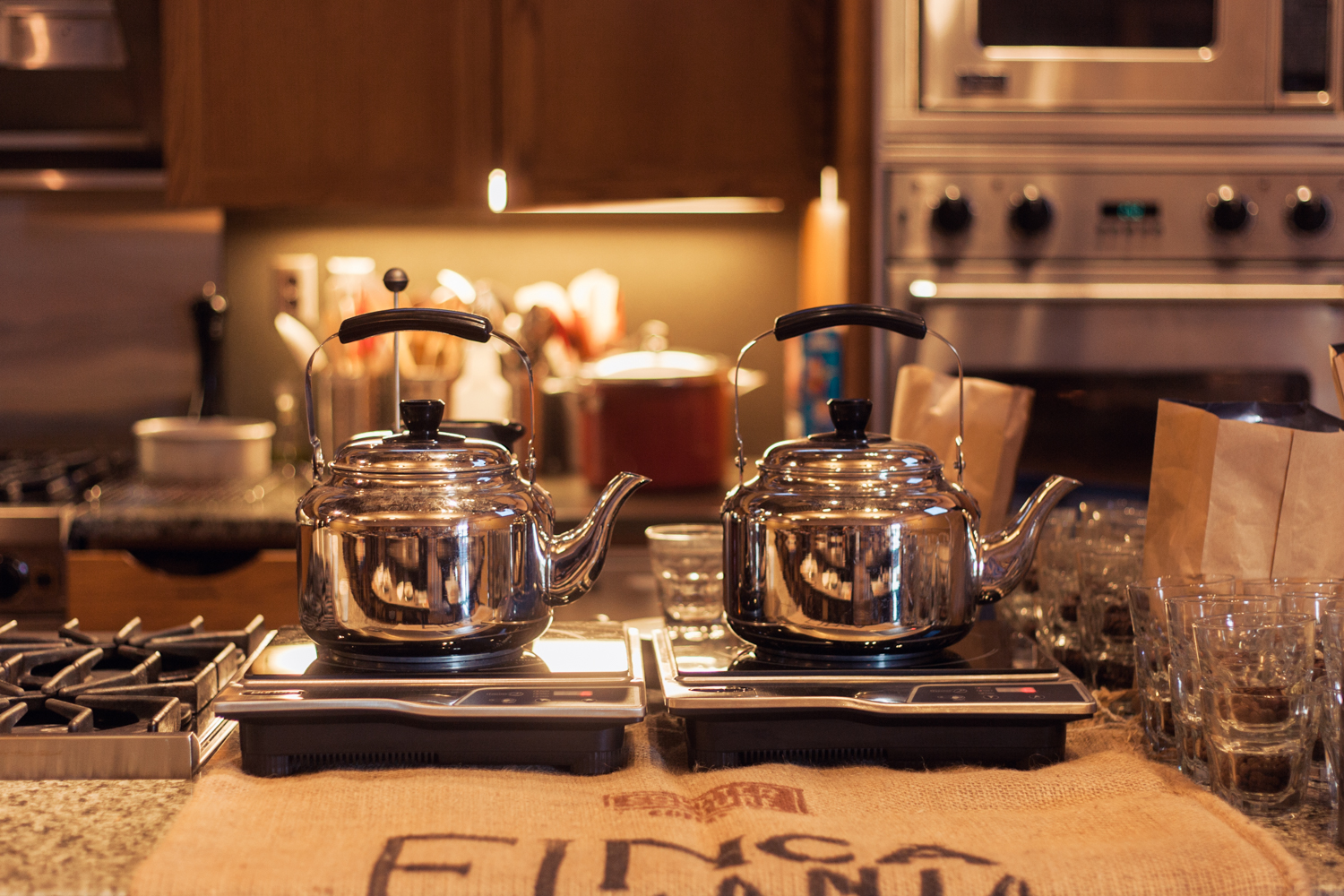
III. Measuring — $12
Forget scoops—weighing is the best way to accurately measure your coffee.
Starter: We've got a no-frills kitchen scale ($12) picked out for you. Easy.
Upgrade: The next natural step beyond a kitchen scale is a scale specifically made for coffee. Generally speaking, that means it'll be super helpful to add in a timing feature to the scale display. (Not only will this help you keep equipment to a minimum by eliminating a separate timing device, it'll also keep the scale from automatically shutting off in the middle of your pour.) We've got the HuiSmart ($22), the Hario V60 ($38), and if you're feeling super fancy, the sleek and minimal Acaia ($140).
IV. Grinding Beans — $17
While there are plenty of good electric grinding solutions out there, I'm sticking with the hand-powered mill grinder for this category. These typically have a capacity for about 2 cups of coffee at a time, so if you plan to make larger amounts of coffee regularly, it's probably a good idea to look into an electric burr grinder like this Krups model for $40.
Starter: For our recommended starter, this inexpensive hand-powered mill ($17) has good Amazon reviews. I personally own a Hario Mini Slim ($30), which I've been using for 4 years. (Full disclosure on the Hario Mini: it takes a fair few minutes to grind, and the lighter the roast of bean, the harder you have to turn the handle. Also, it's hard to accurately adjust the grind coarseness. That said, it's a decent starter grinder if you're just getting into it.)
Upgrade: The best mid-range upgrade grinder I could find is the Handground Precision ($70), which has very clearly-defined grind settings and good reviews. For mega premium grinders, German-made Comandante C40 ($250) and made by knock aergrind (£75, i.e. roughly $100, with international shipping). The latter is basically a two-man operation producing these awesome grinders in a suburb of Edinburgh, Scotland; they're absolutely amazing, and you'll pretty much never have to buy another grinder again.
V. Brewing Coffee: Dripper, Filters, and Gooseneck Kettle — $33
We're talking specialty home brewing here, so we're focusing on the pourover-style brewing methods, which allow for brewing control. Pourovers are at the heart of craft coffee: it's just your hands, water, and coffee grounds, and the infinite combinations of timing and technique.
Starter: I use a ceramic dripper made by a local potter, but I'm including the Hario V60 dripper ($7) as my example, with Hario filters ($6).
Also, you'll need a gooseneck kettle for precision pouring—for a pourover, you don't just dump and go; you're going to want to control where the water goes, when, and how fast. Start out with the most basic one you can find, like this one ($20). Check out our kettle upgrades in section II, heating water.
Upgrade for brewing: Classic drippers include the Kalita Wave 185 dripper ($25) and the Hario V60 copper dripper ($60). I've heard a lot of good things about the Chemex. And you can't go wrong with the now-ubiquitous Aeropress, with recipes included in our Aeropress hacks post.
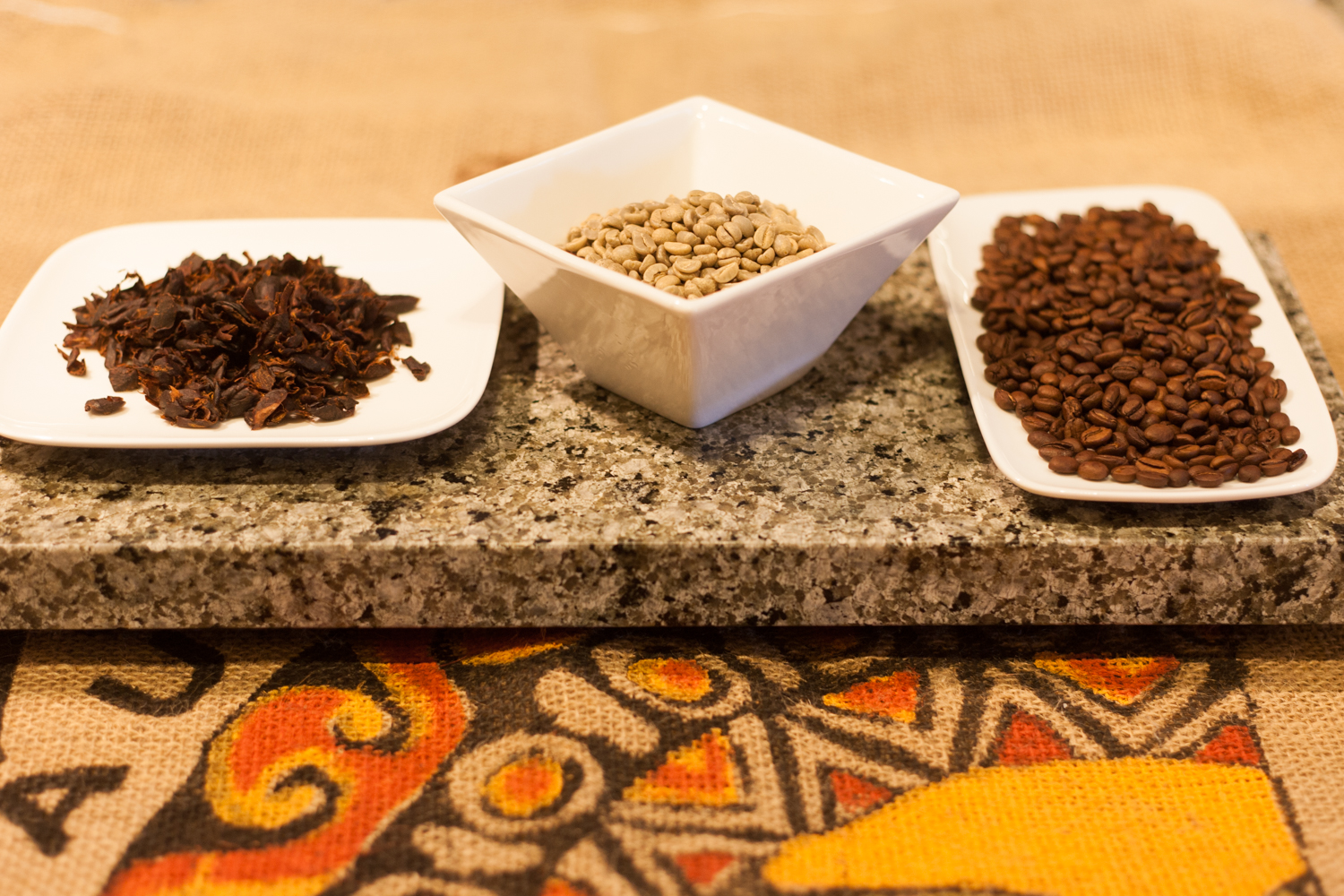
VI. A Hill of Beans
I didn't include this in our $100 because beans are a matter of preference and you'll be replenishing this element of your home coffee bar regularly.
Now, I'll admit that as my freelancer's budget waxes and wanes, I buy more inexpensive beans as needed. The sole criterion in this case is, were the beans roasted pretty recently? If you're going this route, check with local coffee shops or Starbucks first, then grocery stores, on the principle that coffee shops replenish their coffee inventory more quickly. If there's no roast date on the bag, stick your nose up to the CO2 filter and give a big sniff as you squeeze the bag—does it smell fresh?
Now, on to the fun recommendation: ordering the good stuff!
Here are a handful of vetted roasters to start from:
- Kéan Coffee Artisan Roasters (CA)
- Sightglass Coffee (San Francisco)
- Intelligentsia (all over, HQ in Chicago)
- Onyx Coffee Lab (NW Arkansas)
- Counter Culture Coffee (all over, HQ in Durham, NC)
- Evocation Coffee (Amarillo, TX)
- Sey Coffee (Brooklyn)
- Brandywine Coffee Roasters (Wilmington, DE)
- Stumptown Coffee (Portland, OR)
A special thank-you goes to my brother-in-law Robin Vick for his recommendations and consultation on gear and roasters!

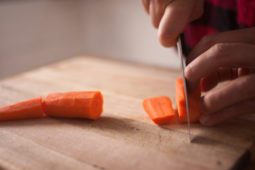
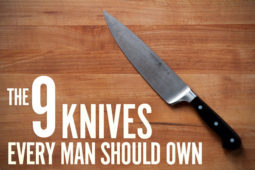
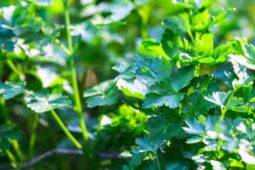
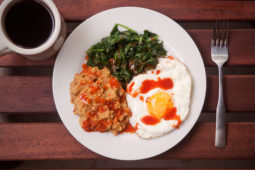
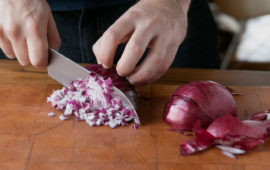
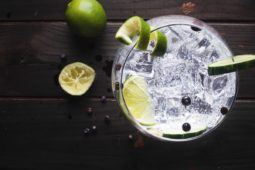
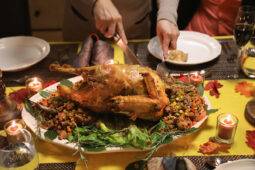
![How to Make Perfect Salmon Jerky [No Dehydrator Required]](https://www.manmadediy.com/wp-content/uploads/sites/52/2020/11/how-to-make-the-perfect-homemade-salmon-jerky-94084-128x170.jpeg)
